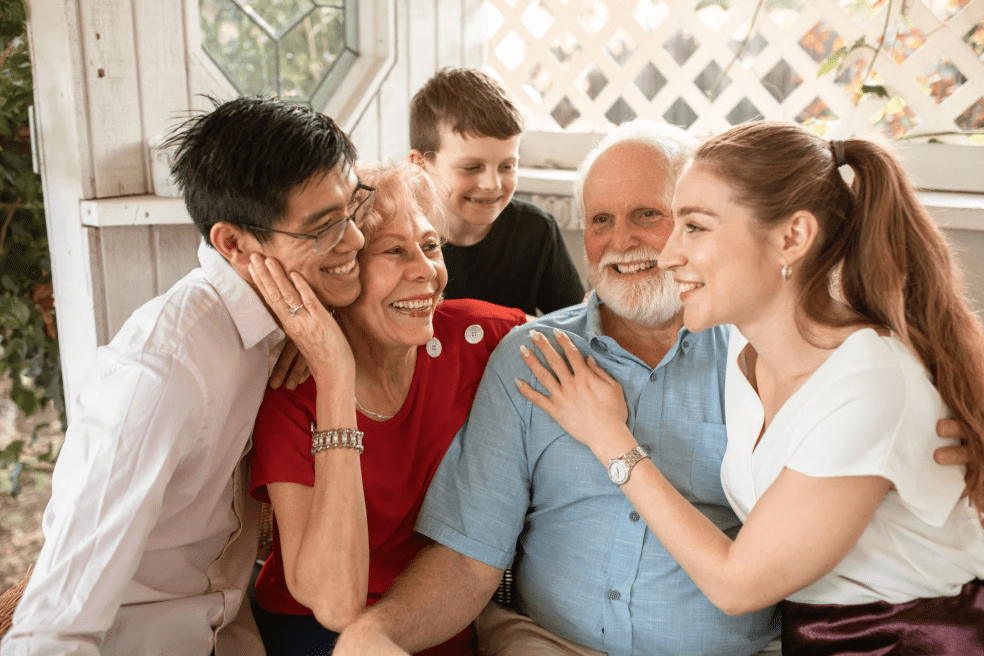Table Of Contents
Depression can negatively affect every aspect of your life: how you feel, think, sleep, function, and interact with others. According to the National Alliance on Mental Health Issues, about 14% of veterans suffer from depression. Depression is one of the most common conditions affecting veterans. Depression can be caused by a variety of circumstances; for example, the loss of a friend or family member, a traumatic event, or a serious injury. (All which can occur in the line of duty!)
Most depressive disorders fall into the VA’s code under (1) persistent depressive disorder or (2) major depressive disorder. Persistent Depressive Disorder includes dysthymia or chronic depression. This means depression that lasts at least 2 years, but is less severe than major depressive disorder.
On the other hand, major depressive disorder is severe depression that causes at least two weeks of depressed mood or loss of interest accompanied by at least four additional symptoms of depression. These other symptoms can include low self-esteem, energy, motivation, and reduced interest in previous interests or social activities.
Service-Connection
The two ways to service connect depression is through (1) direct connection and (2) secondary connection.
- Direct Service-Connection: Veterans can service-connect directly if something occurred during their service that caused or aggravated their depression.
- Secondary Service-Connection: Veterans can service-connect secondarily if a service-connected condition caused or aggravated their depression. Service-connected PTSD, anxiety, chronic pain, military sexual trauma (MST), and or a debilitating physical injury are all common conditions that depression can be secondarily-connected to.
Rating & Employment Effects
Once your depression is service-connected, the VA assigns a rating based on the severity that your depression impairs your ability to work and function. Depression can not only alter a veteran’s mood, but also concentration, sleep, and activity level. Sometimes even if you don’t have a 100% rating, your depression can completely impair your ability to hold a sustainable job. If that is the case, you may be eligible to receive 100% compensation referred to as total disability based on individual unemployability (TDIU).
Veterans Help Group have been supporting veterans in getting the benefits they deserve since 1995. If you or a loved one served, and suffers from depression, please call 855-855-8992 or chat with us online.

Veterans Help Group Serving Our Community
Veterans Help Group Serving Our Community By Bobbi Boudi, Director of Community Outreach & Amy...

How Much Back Pay Will You Receive?
What is VA Disability Back Pay? VA disability back pay is payment for benefits the veteran was...

Your Guide to VA Ratings: Sleep Apnea
Your Guide to VA Ratings: Sleep Apnea Sleep apnea can be a serious condition that may impact...





